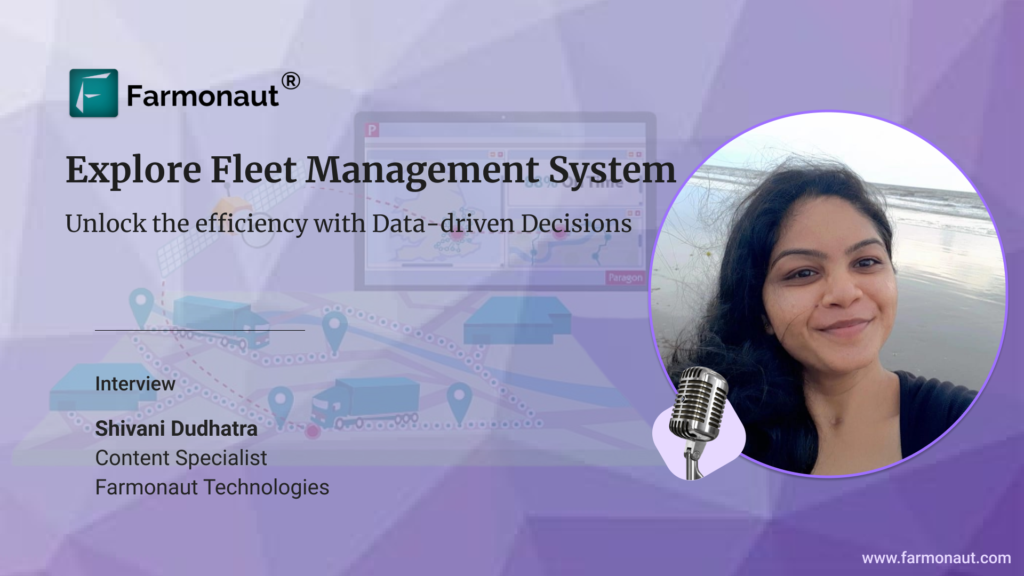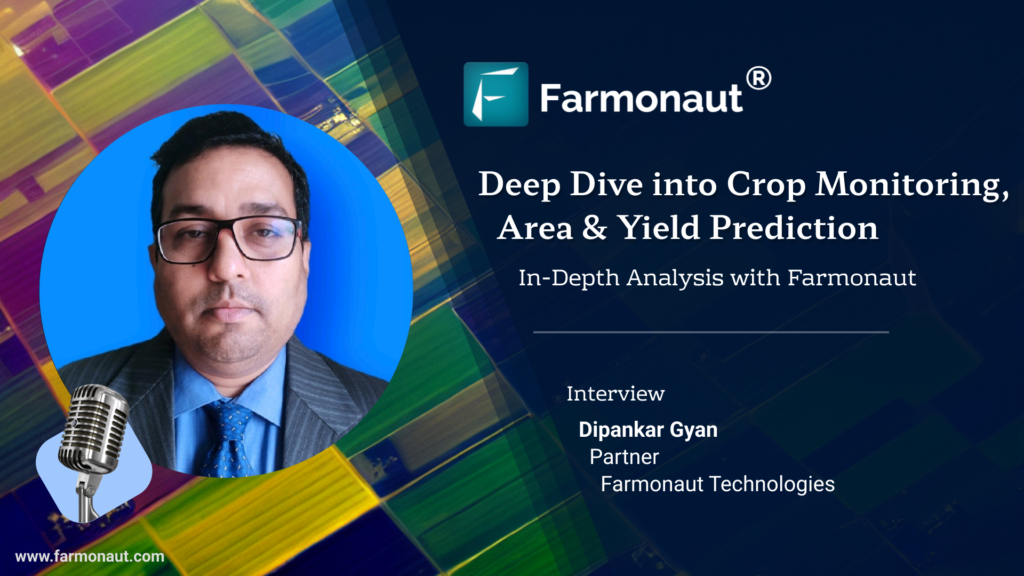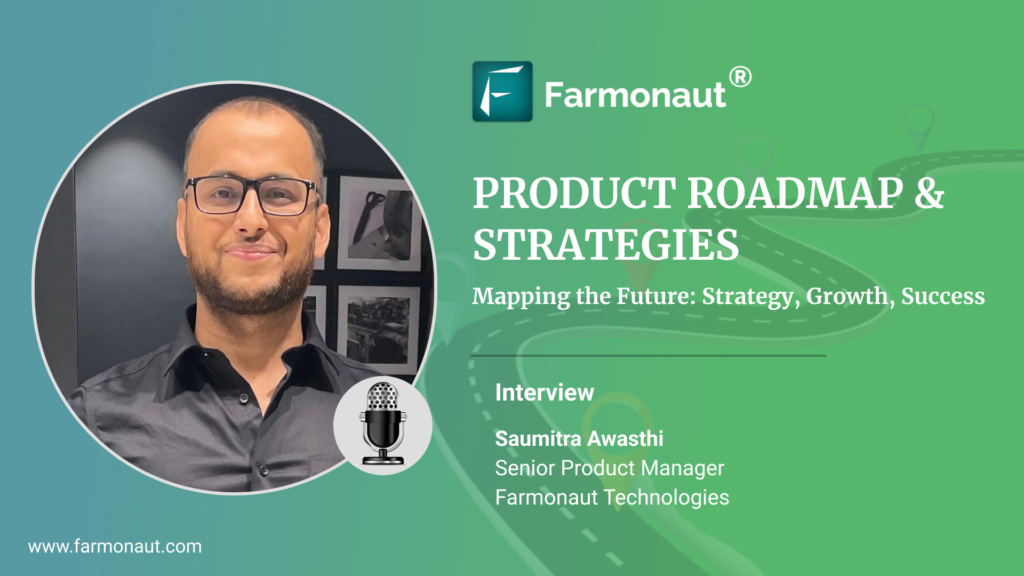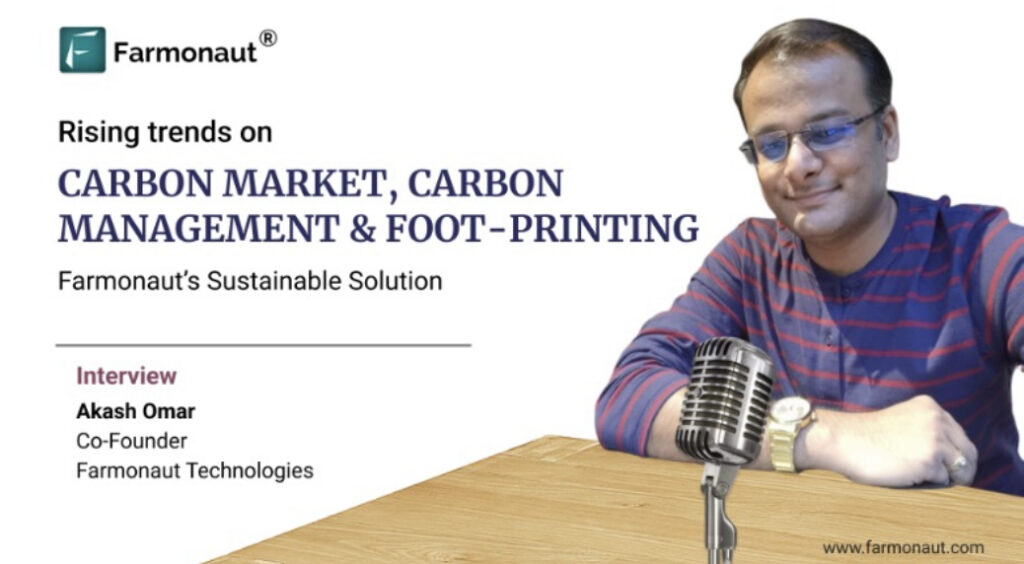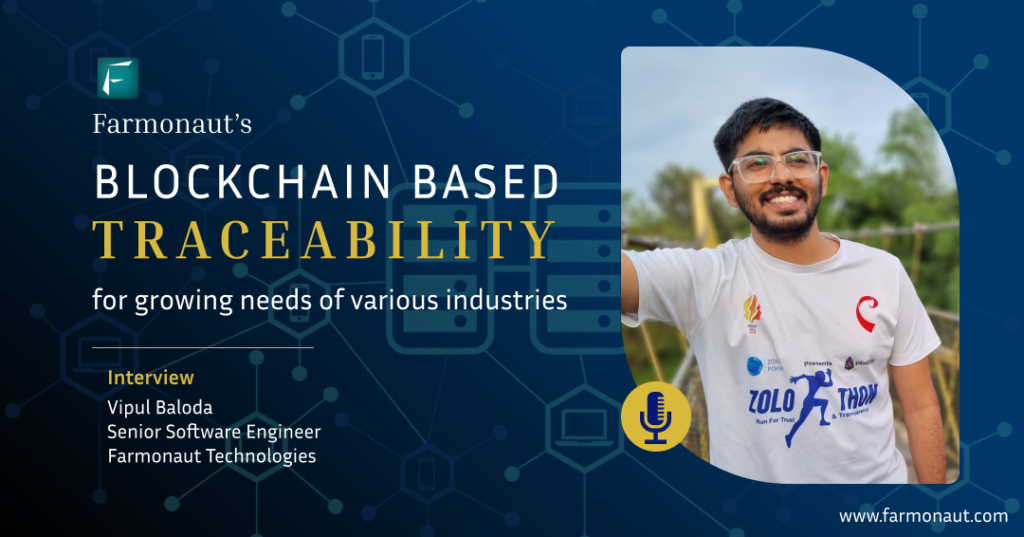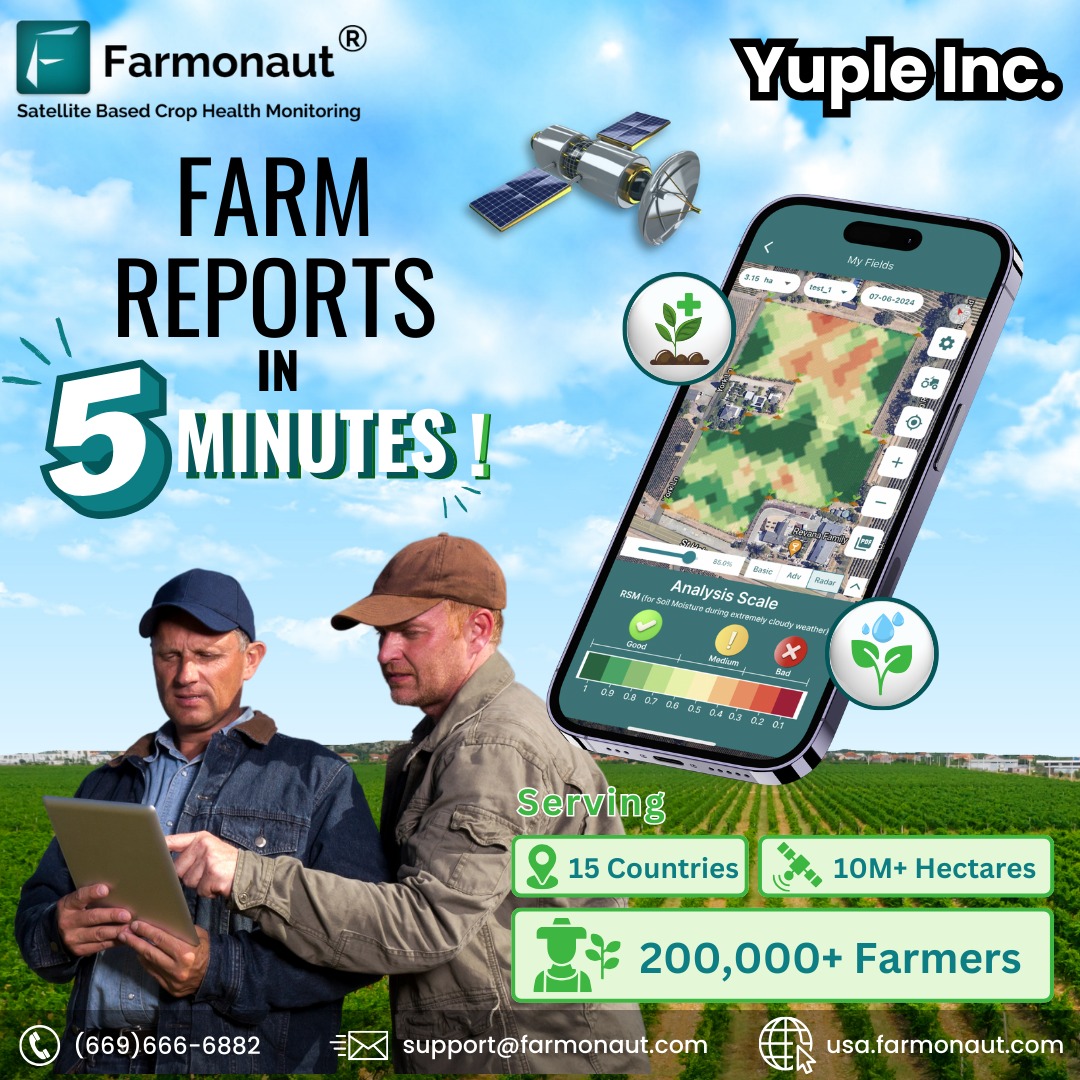Explore Farmonaut’s Fleet Management System with Shivani Dudhatra
Hi Shivani! Could you please throw a light on what is Fleet Management System and what is its primary objective? Certainly, Fleet Management System (FMS) is a sophisticated software and technology solution designed to streamline the management and coordination of a fleet of vehicles, equipment, or assets. Its primary objective is to optimize operational processes, enhance productivity, and ensure cost-effectiveness in managing a fleet. This is achieved through a centralized platform that integrates various components like GPS tracking, route planning, vehicle diagnostics, maintenance scheduling, and reporting. FMS aims to maximize efficiency, minimize downtime, improve resource allocation, and enhance overall fleet performance. With increasing demand, do you think Fleet management system can contribute efficiently in various industries? Yes, definitely the demand for Fleet Management Systems has seen a significant upsurge due to the potential efficiency gains they offer. This demand is not limited to a particular industry; it spans across diverse sectors including transportation, logistics, construction, agriculture, and more. A well-implemented Fleet Management System can contribute efficiently to various industries by improving resource allocation, optimizing routes for timely deliveries, reducing fuel consumption and emissions, ensuring compliance with regulatory standards, promoting safety through driver behavior monitoring, and ultimately enhancing sustainability in operations. I have heard that Farmonaut is also providing Fleet Management System, can you brief about it and its key features and also parameters that it captures? Farmonaut’s Fleet Management System is a comprehensive solution tailored to meet the specific needs of various businesses/industries. The system incorporates a range of key features, including GPS tracking to monitor vehicle location and movement, route optimization to plan the most efficient paths, vehicle health monitoring to track engine diagnostics and performance, maintenance scheduling to ensure timely servicing, and real-time analytics for informed decision-making. The system captures crucial parameters such as vehicle location, fuel usage, engine health, and driver behavior, providing a holistic view of fleet operations. In context to various businesses, can you explain how does Farmonaut’s Fleet management system cope up providing services to different industries? Farmonaut’s Fleet Management System is designed to be versatile and adaptable, allowing it to cater to a wide array of industries beyond agriculture. Understanding the distinct requirements of each industry, Farmonaut customizes the system accordingly. This approach ensures that the Fleet Management System seamlessly integrates into the workflows of various industries, facilitating efficient service delivery and addressing industry-specific challenges. What type of technology does it uses, can you explain briefly on how the Farmonaut’s Fleet management system works? Farmonaut’s Fleet Management System utilizes cutting-edge technology, including GPS tracking, telematics, and data analytics. GPS tracking provides real-time location monitoring and enables optimized route planning for efficient fleet movement. Telematics captures critical vehicle and engine data, such as fuel consumption, engine health, and vehicle speed. This data is then processed and analyzed using advanced data analytics techniques, yielding actionable insights. These insights are vital for informed decision-making, resource optimization, and strategic planning within the fleet management domain. Increase in the technology, also brings some challenges. what challenges do Farmonaut face in Fleet Management System? Rightly said, Despite the advancements in technology, Fleet Management Systems face several challenges. These include data security concerns to protect sensitive fleet information, the complexity of integrating the system with existing infrastructure and software, ensuring widespread user adoption and training, and scaling the system to meet the evolving needs of a growing fleet and technological landscape. Addressing these challenges is crucial for the successful implementation and continuous improvement of Fleet Management Systems. Lastly, can you elaborate In what ways does Farmonaut’s Fleet Management System utilize data analytics and reporting in making informed decisions? Sure! Farmonaut’s Fleet Management System leverages the power of data analytics and reporting to make informed decisions. By analyzing various metrics such as fuel consumption patterns, vehicle performance, driver behavior, and maintenance schedules, the system generates detailed and insightful reports. These reports provide a clear understanding of fleet operations, enabling stakeholders to identify trends, inefficiencies, and areas for improvement. Armed with this knowledge, they can optimize fleet performance, reduce operational costs, enhance productivity, and ensure a sustainable and efficient fleet management process.

